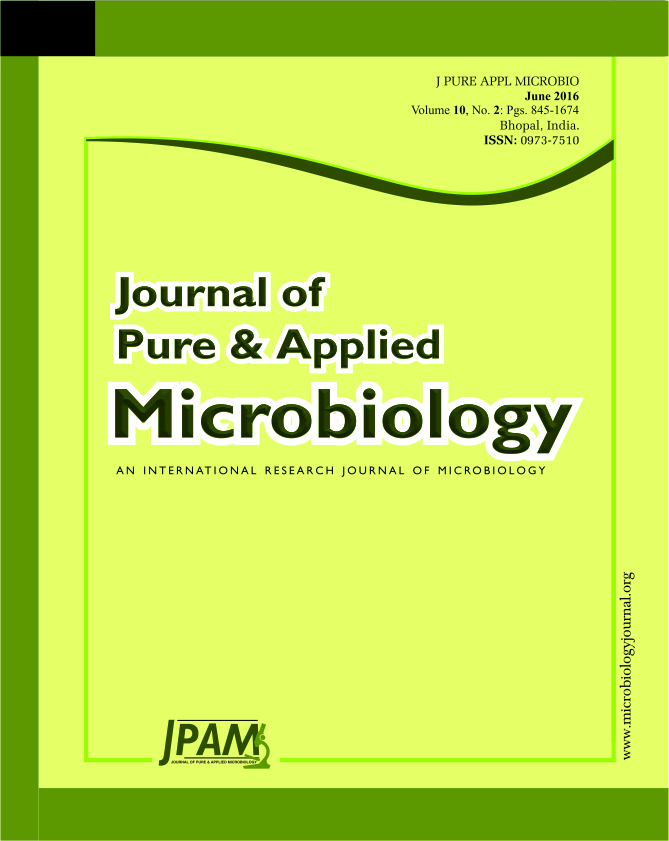This study aimed to compare the results of microbial sterilization of infectious biohazardous waste by autoclaving in packaging formats with and without added water. Twelve strains of bacteria and fungi were studied. Three types of artificial waste were created from (1) cultures on solid media, (2) colony suspension in saline, and (3) contaminated materials. These were packed in waste bags with and without added water before autoclaving at 121°C, 15 lb square inch -1 for 15 min under validation of quality indicators. Then, all waste types were cultured in enrichment broth, overnight prior to subculture on agar and further analysis. In waste bags without added water, Bacillus cereus and Pseudomonas aeruginosa were not completely destroyed and waste bags without added water were also spore test positive. Whereas in waste bags with added water, all microorganisms, including spores could be completely destroyed in all waste types. Therefore, the results indicate that the addition of water to waste bags can significantly enhance the efficacy of sterilization and we recommend this simple step as an additional guideline for routine laboratory autoclaving to prevent the spread of pathogens to the environment.
Autoclave, Water, Infectious biohazardous waste, Packaging format, Spore test.
© The Author(s) 2016. Open Access. This article is distributed under the terms of the Creative Commons Attribution 4.0 International License which permits unrestricted use, sharing, distribution, and reproduction in any medium, provided you give appropriate credit to the original author(s) and the source, provide a link to the Creative Commons license, and indicate if changes were made.


